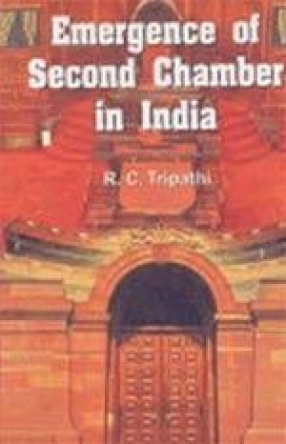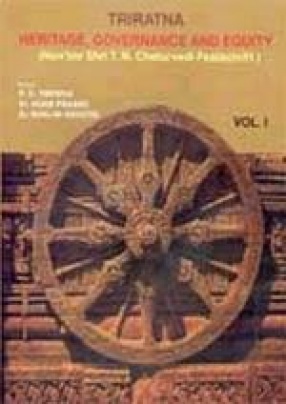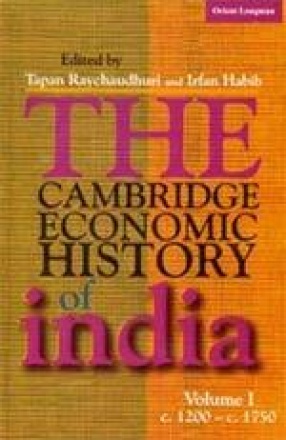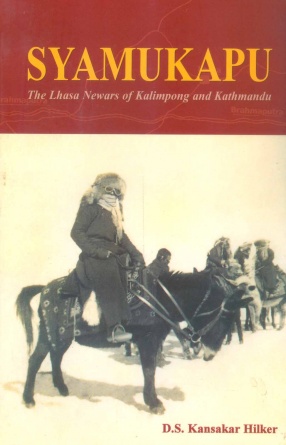Emergence of Second Chamber in India
Synopsis
Democratic and representative institutions were existing in ancient India. Many of the rules and procedure which were followed in Sabhas and Samitis were akin to the rules observed in modern day legislatures. The Parliamentary system as we understand it today, was first introduced in the country by the British. For the first time under the Government of India Act, 1919, a bicameral Central Legislature was established and in 1921 the Council of State was inaugurated which served as the upper house of the colonial legislature. Changes in the mode of election, composition, powers, etc. of the Council of State were brought about from time to time, mainly due to the competing compulsions of the colonial rule and the pressure of the nationalist forces. The Government of India Act, 1935 also provided for the bicameral central legislature. The constituent assembly which framed the constitution for free India discussed and deliberated on the utility of second chamber and finally settled for a bicameral parliament—the house of the people being directly elected house and the council of states representing the states. Important documents relating to the creation and evolution of the second chamber in India and also the debate of the constituent assembly in this behalf have been included in the book for a reference. This book marks the fifty years of Rajya Sabha which was constituted on 3 April 1952.
Read more
26.60
23.94
$
28.00 $
Free delivery Wolrdwidе in 10-18 days
Ships in 1-2 days from New Delhi
Membership for 1 Year $35.00
Get it now and save 10%
Get it now and save 10%
BECOME A MEMBER











Bibliographic information